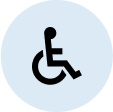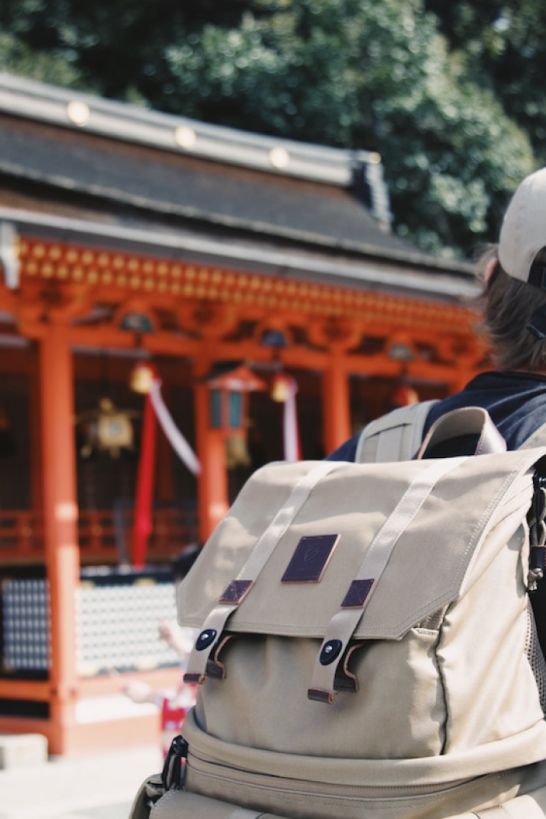
Transportation Manners

Be mindful of floor markings and the direction of foot traffic
In Japan’s major cities, train stations can be very busy, especially during peak times. Therefore, it is important to follow the direction of foot traffic, which is generally notated by arrows on the floors and stairs.

Be aware of women-only train cars
While not located on all lines, these cars are typically marked by pink signs (on the floor and side of the train) that say “women only” in Japanese and English. The boarding rules for these cars vary—with some only enforced during rush hour and weekdays and others enforced always. To ensure the comfort of all passengers, it is important that you follow these established rules. If you accidentally board a women-only car, do not worry. Simply move to the next car through the connecting doors.

Observe rules when lining up
In Japan, it is considered bad manners to skip the line. Even if you are in a hurry, be sure to line up at the end of the line when you arrive at a train platform or bus stop.

Follow the rules for getting on and off the train
When the train arrives, first make room for those deboarding and allow them to get off. After that, the people boarding the train can take their turn to get on.

Pay attention to the volume
A quiet atmosphere must be maintained on the train at all times. Avoid loud conversations and the use of cell phones. Set your cell phone to silent mode and be considerate of those around you.

Be mindful of priority seating
On most train lines, there is priority seating near the car entrances for elderly riders, pregnant women, people with disabilities, and people with small children. If the train is relatively empty, it is okay to sit in these seats, but you should immediately give it up if someone needs it.



